The Balkan Peninsula in southern Europe is home to some of the cheapest places in Europe to visit. With a fascinating range of countries with varied attractions, there is as much to see and do here as in Western Europe. Yet you can enjoy it for a fraction of the price. Here’s a quick overview of this fascinating region to get you started.
A brief overview of the Balkan countries
Albania
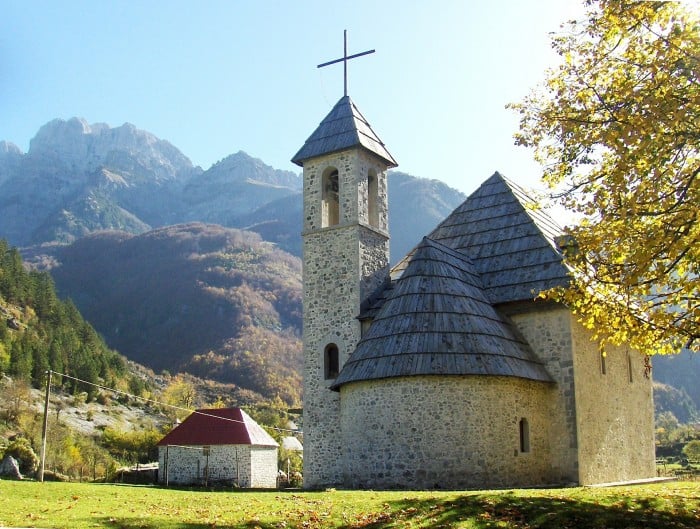
Albania also offers history and culture as well as more modern resort experiences. Historic castles, monasteries and other sites dot the interior while the Albanian Riviera on the Mediterranean coast is known for its traditional villages, resorts and vibrant nightlife. With a history dating back to ancient times, Albania also has a large number of archaeological sites to explore.
Bosnia Herzegovina
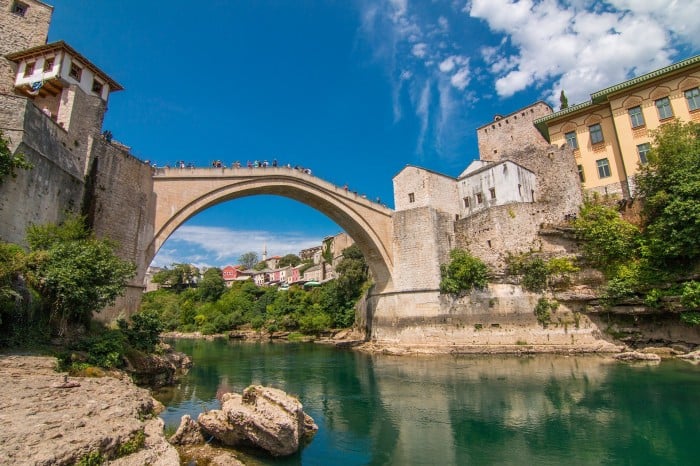
Torn by war in the 1990s, Bosnia and Herzegovina has come a long way since then. Travelers are beginning to rediscover the charms of the country. Be sure to see the Old Bridge in the picturesque town of Mostar, which is a powerful symbol of the country’s recovery. Sarajevo’s Old Town is another highlight. Natural highlights include Sutjeska National Park and the breathtaking Jajce Waterfall.
Bulgaria
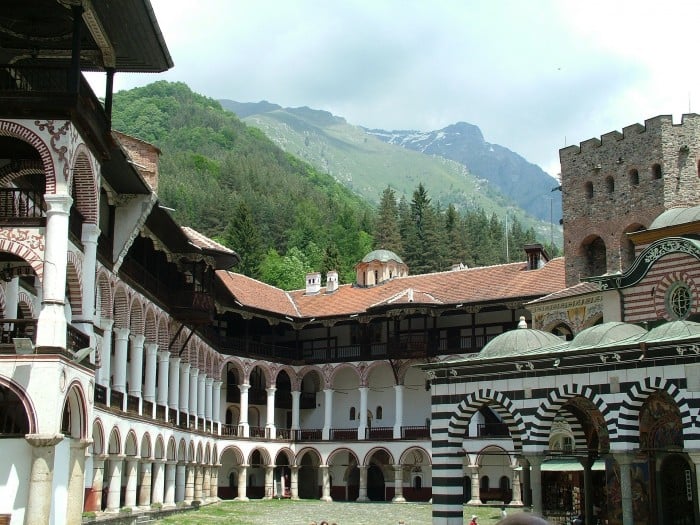
Bulgaria is a diverse country, offering historic cities like Sofia and stunning rural ecclesiastical sites such as hillside monasteries and rock-hewn churches. Meanwhile, on the Black Sea coast, beach holiday packages are the order of the day for sun seekers on a budget. Beautiful sandy beaches are lined with hotels and other tourist infrastructure for a pleasant and inexpensive seaside vacation.
Croatia
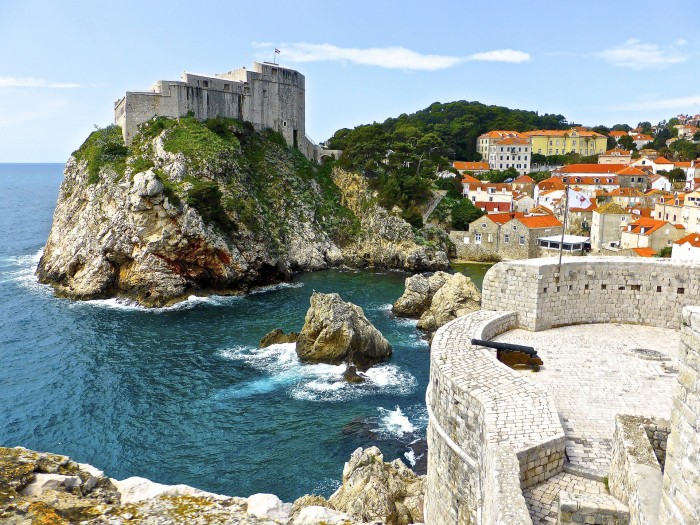
Croatia lies on the edge of the Adriatic, a fringe of historic towns, beautiful beaches and idyllic islands that float like jewels in the sparkling sea. Don’t forget to visit the cities of Split and Dubrovnik and if you have time, try to see some islands, the heavenly Hvar, for example, or the magical Mljet.
Read also : Two-week itinerary for Croatia
Kosovo
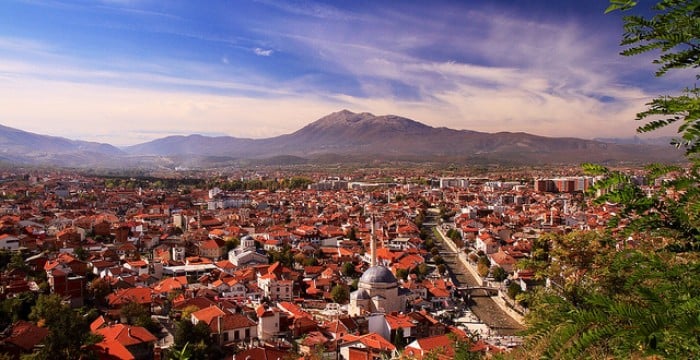
Kosovo is the newest country in the Balkans, having declared independence from Serbia in 2008. It is a land rich in culture and history, right in the heart of this fascinating region. Among the many attractions are a number of medieval sites which are of particular interest, including religious sites and pretty villages.
Serbia
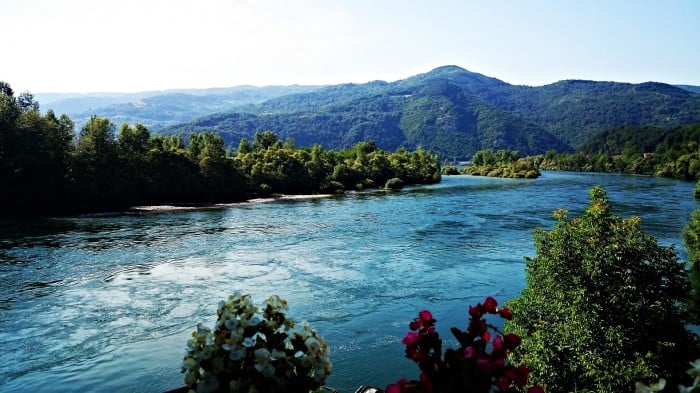
Citadels and monasteries dot the Serbian landscape, each telling of Serbia’s fascinating past. Those interested in more recent history will find much of interest in Belgrade and in Nis they can visit one of the best preserved Nazi concentration camps in Europe. Nature lovers will find, for example, great diversity in the Zasavica National Park and in the astonishing natural stone pyramids of the “Devil’s City”.
Macedonia
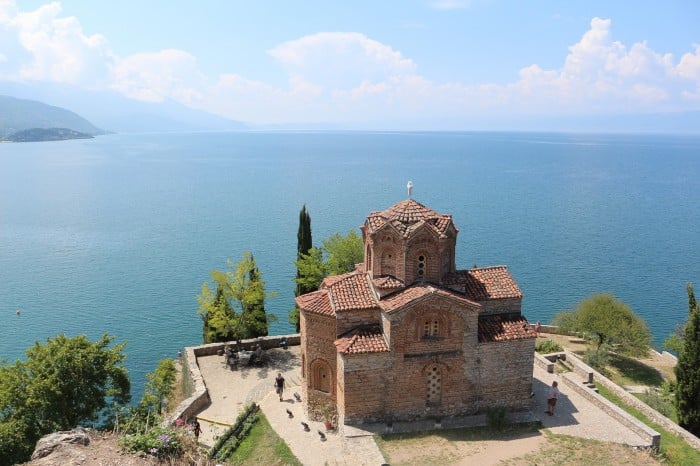
Macedonia is another central Balkan nation with a rich cultural heritage and breathtaking landscapes of lakes and mountains. The ancient cities are full of interesting Ottoman and European architectural gems. The capital, Skopje, is particularly known for its magnificent old bazaar, historic buildings and museums. Don’t miss the charming Lake Ohrid, one of the oldest and deepest lakes in Europe.
Montenegro
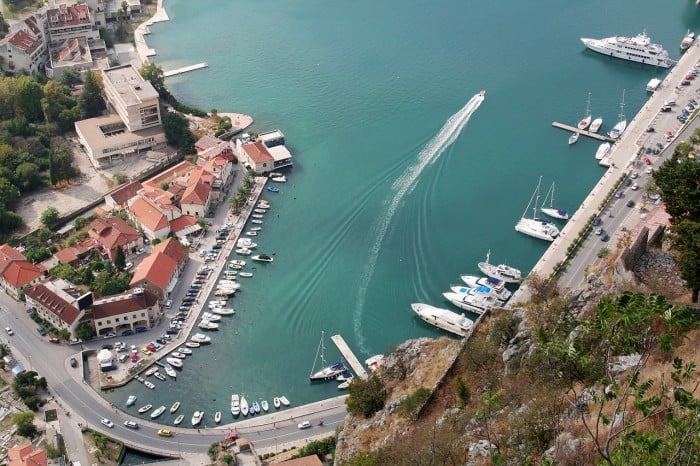
From the beautiful Bay of Kotor with its beaches and coastline to the majestic mountains that give the country its name, Montenegro is making a name for itself as a place of exceptional natural beauty. The landscape is also a place for outdoor adventure, from hiking to skiing, rafting to rock climbing. Don’t forget to visit Durmitor National Park and Tara River Canyon.
Romania
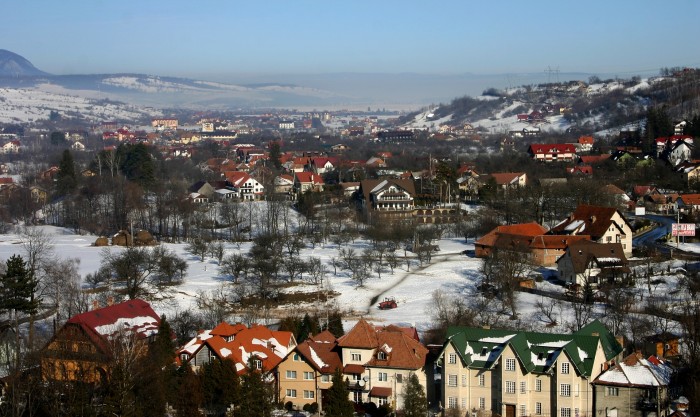
Romania has much to offer, from the bustling city of Bucharest to the quieter pleasures of Transylvania with its Dracula mythology and historic towns like Sighisoara. Discover the ecological dream of the Carpathians, where wolves howl in the heights and castles nestle at the foot of tree-lined slopes. Take the time to enjoy the natural playgrounds of the Romanian mountains during a hiking or cycling tour.
Slovenia
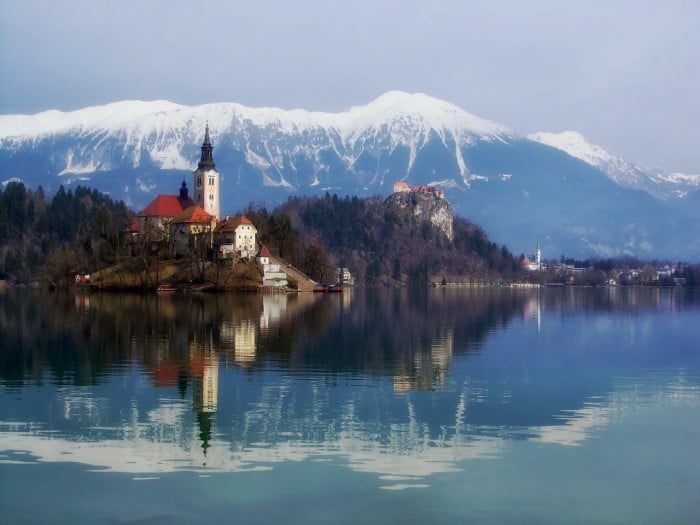
Spectacular mountainous landscapes, serene lakes and cavernous caves are the main attractions of this beautiful country. Although historic towns and characterful villages give the natural world a run for its money. The capital, Ljubljana, is full of charm and the historic castles give the landscape a fairytale atmosphere.
Greece
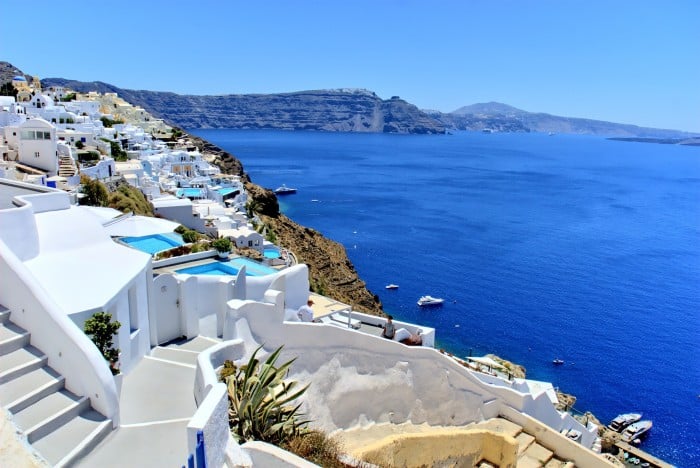
Greece, despite its recent financial difficulties, still welcomes many more visitors than other Balkan countries. Islands like Santorini, Crete, Corfu, Rhodes and Mykonos all welcome large numbers of visitors each year, especially during the summer season. Athens offers a glimpse into the heart of an ancient civilization, remnants of which can be found throughout this beautiful and diverse country. Despite a booming tourism industry, there are still plenty of places to escape the crowds.
Getting around the Balkan Peninsula
Cheap flights can be found to many Balkan airports from Western European capitals and elsewhere. Once in the region, you will need to decide how far your budget will take you and choose which of these countries you would most like to visit. Train travel is a viable option throughout the Balkans and, while most travel is undoubtedly ‘no-frills’, it can be a good way to see a wide swath of the region and travel between centers of transportation. Bus travel is extremely cheap and basic; a great option if you’re on a strict budget or want to explore smaller destinations.
Balkan culture
The Balkans are a diverse region with a number of different ethnic groups. Although you will likely encounter friendly, warm and welcoming people wherever you go, you should keep in mind that the unrest in the region is not ancient history and that in some places cultural sensitivity is essential to avoid upset or offense. The Balkan countries share some common characteristics, but one of the best aspects of traveling to this part of Europe is the immense diversity you will encounter during your trip.
Other important considerations
Remember that when traveling to Balkan countries you will cross many borders. Many different languages will be spoken and with a different alphabet, many place names and signs may be unfamiliar. Make sure you can recognize place names so that you can get off the train at the right time, for example, and not miss your stop. It is also courteous to try to learn at least a few words (please And THANKS at the strict minimum) in each country crossed.
Currency is also an important factor. Only Greece, Montenegro and Kosovo use the euro. It’s best to only exchange small amounts of different currencies and try not to get more than you need, as it can be difficult to exchange these currencies when you leave certain countries. Euros or US dollars are easy to exchange throughout the region.
It’s also a good idea to be aware of any local security issues you might encounter, such as mined areas in Bosnia for example. If you know this before you go and always keep your cool, you are guaranteed to have an incredible adventure in the Balkans. Best of all, you won’t break the bank.

